- A KickoffLabs Success Story
- Identify Your Target Audience
- Understand Your Audience
- Hone Your Audience List
- Test Your Audience Selection
- Explore Organic Promotion Opportunities
- Funnel Interested Audience Members Onto Your Email List
- Keep Up The Audience Engagement & Build Excitement For Your Launch
- Final Thoughts
For those who are just starting out in the online world, the process of getting a business from the idea stage to the finish line can feel overwhelming.
People often come into their first launch with a great idea for a business, or perhaps they have already been selling their products through a marketplace like Amazon, or Shopify, but they aren’t sure how to get started with establishing their own business sales platform.

Do you find yourself struggling with any of these issues? Don’t worry, we have you covered.
In this post, we will walk step by step through each phase of the pre-launch process to help you generate excitement, drive traffic, and nurture an engaged audience of potential customers.
You will learn how to grow an audience of paying customers by:
- Identifying the audience who will be most excited to hear from you.
- Honing your messaging to speak directly to your ideal audience members.
- Thinking outside the box when it comes to promoting your brand.
- Collecting leads by funneling interested audience members to your email list.
- Crafting engaging emails that keep waitlist members engaged and informed about your upcoming launch.
A KickoffLabs Success Story
Throughout this guide, we will use the case study of a well-known KickoffLabs success, The Monk Manual, to help illustrate each stage of the audience-building and nurturing process.

KickoffLabs was involved in the initial launch of The Monk Manual, a 90-Day quarterly journal for peaceful being and purposeful doing. The founders began with an ambitious pre-launch campaign period of just six weeks to grow their audience list from a starting point of around 300 contacts.
Identify Your Target Audience
“The basis of any launch you do, any business you are starting to grow, it all comes down to having an audience-building machine” – Khierstyn Ross, Scale & Launch
One of the most challenging aspects of any launch is building an audience for a product that may not yet exist. Many pre-launch companies have not yet established who their audience is and what their messaging to their audience should be. This first phase can be overwhelming, and it is where many startups find themselves bogged down in the weeds before they even get rolling.
So, let’s demystify the audience-building problem by taking it one step at a time.
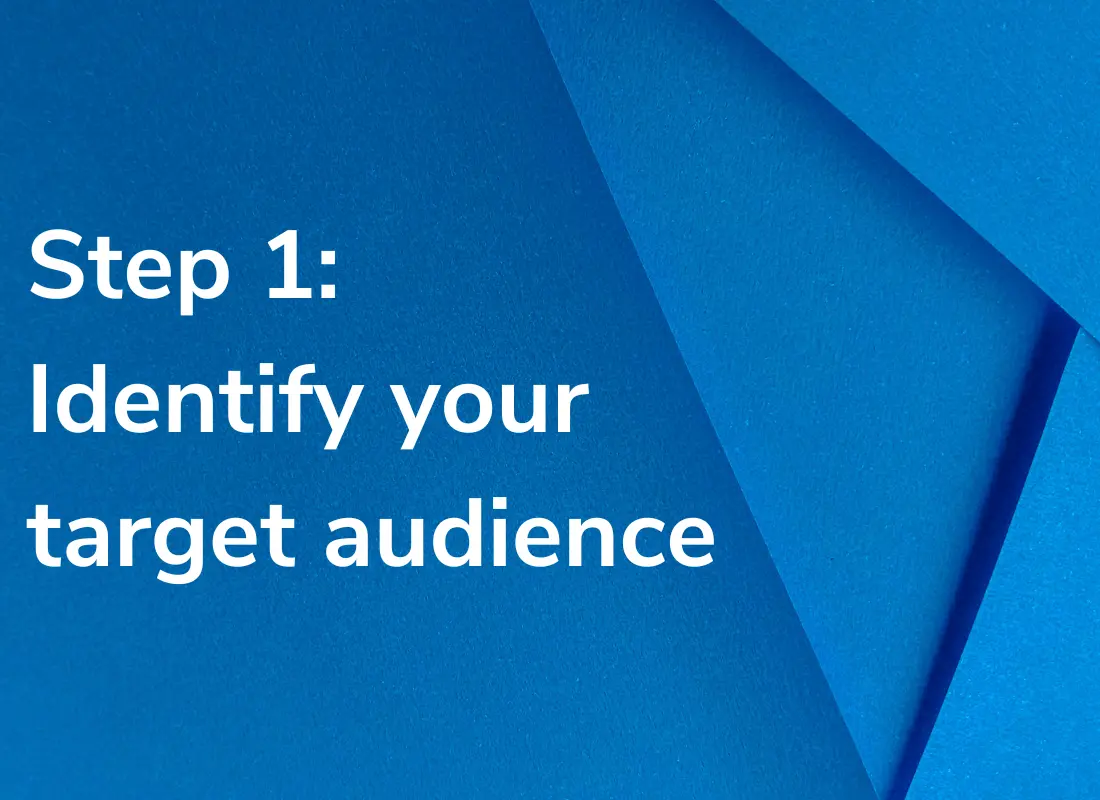
The first stage of audience-building is identifying your target audience. This is far easier than it sounds. You simply need to know the right questions to ask.
Sit down with your core team members and hold a brainstorming session to answer the following questions:
- Who is most likely to benefit from your product or service?
- Who is most likely to be interested in your product or service?
- What secondary groups may also be interested in your product or service?
“When we say, I want to get people to my page… there are so many different kinds of people. You can spend so much money without a focus on who it is that you’re going after.” – Khierstyn Ross, Scale & Launch
It is important to recognize that not everyone is going to have a need for your product or service, so it is critical to really dig down and identify the core audience that is the most likely to be really excited about what you have to offer.
Using The Monk Manual as an example, we would brainstorm a list of the groups of people who might be most interested in the journal. Likely audience groups might include entrepreneurs, new parents, or business professionals.
Understand Your Audience
Once you have established the primary and secondary lists of your most likely audience personas, you will want to head back to the brainstorming table to ask another series of questions.
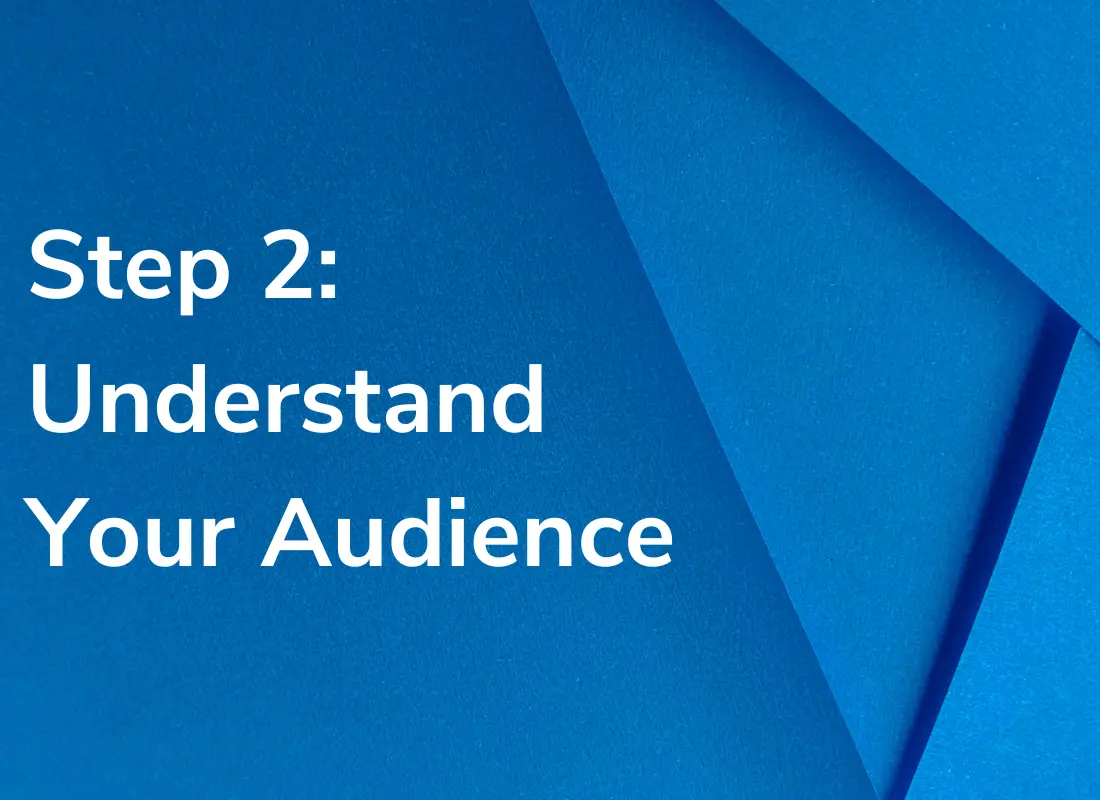
This round of questions will focus on understanding why your audience would be interested in your product or service. You will use these answers to better understand your target audience. It is this understanding that will form the basis of your messaging campaign to attract, engage with, and convert your audience into paying customers.
For this phase, you are going to want to look at each of the different audience groups you identified in the previous step, and take some time to list the benefits that each unique group is likely to gain from using your product or service.
Revisiting our case study, we initially identified three very different groups of people who may be interested in The Monk Manual: entrepreneurs, parents, and professionals. In this step, we would look at each group individually to identify the specific ways that The Monk Manual could provide benefit to that group.
Hone Your Audience List
In this phase, you are going to narrow your audience focus to the groups who are likely to receive the greatest benefit and show the greatest interest in your product or service.
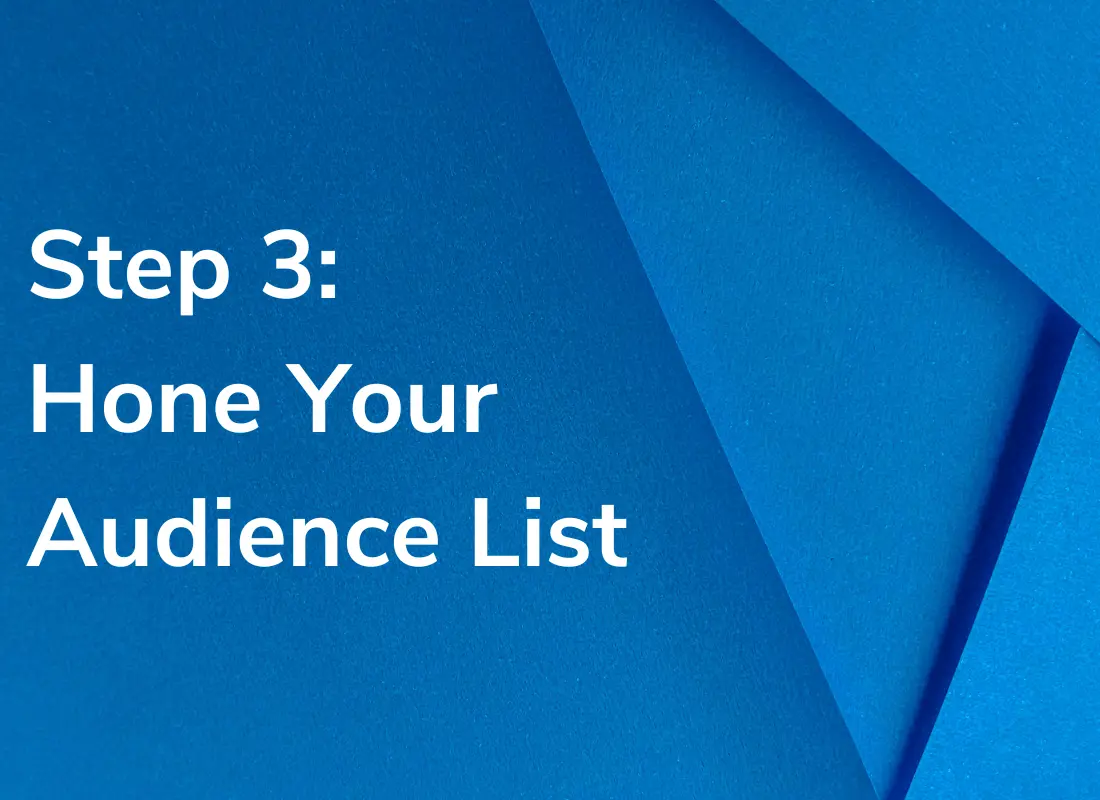
During the pre-launch period resources, and time are often extremely limited. Honing your audience list will help you to focus your limited resources where they are likely to reap the largest returns.
Once again, using The Monk Manual as an example, we would have created a list of potential audience groups, then created a second list identifying the core benefits for each group. Now, those lists will be used to identify the top 2 or 3 unique groups with the greatest benefits. It is these groups that we will focus our early efforts on reaching.
Test Your Audience Selection
In this step, you will want to perform some highly targeted outreach to test your chosen audience’s response to your product or service. You may want to consider creating targeted ads on platforms like Facebook or TikTok. Select platforms where your audience groups are likely to congregate and create individual advertisements speaking directly to each individual audience group.
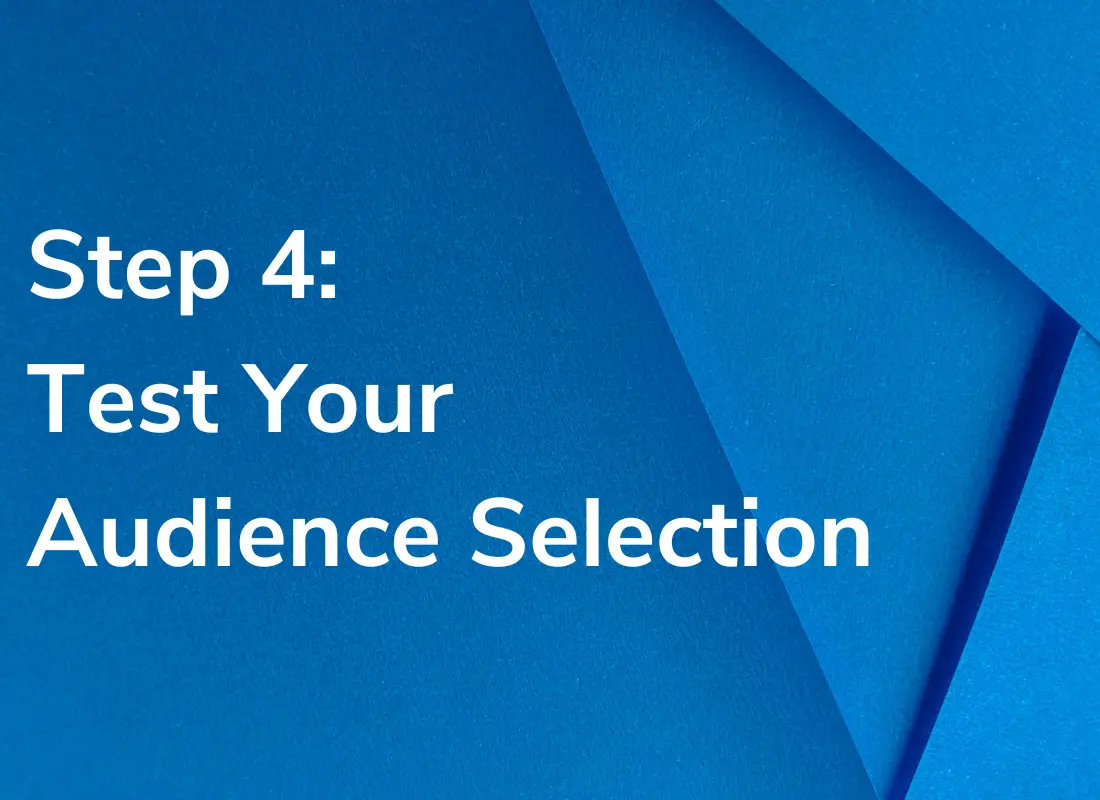
This testing phase will allow you to see which of your core audience groups show the most interest in your product or service, and explore which messages seem to resonate most with which audience groups.
Explore Organic Promotion Opportunities
With all of the groundwork laid it is time to start promoting. There are several options that you can make use of to help drive traffic to your landing page or build your pre-launch email list quickly.
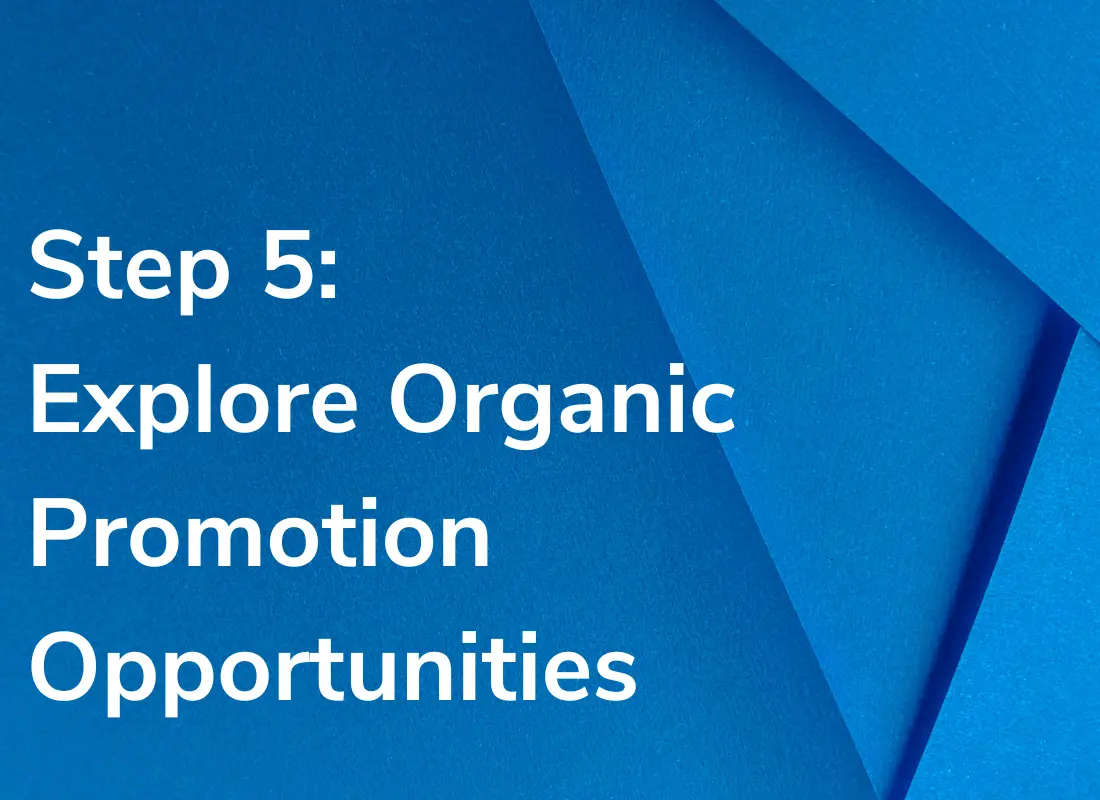
If you have already reached the early production stage and have some physical product on hand you may want to consider reaching out to influencers in your target audiences and offering them free products, or an affiliate deal in exchange for them unboxing your product on their platform, or providing an endorsement to their audiences.
There are several ways to secure influencer endorsement without spending a fortune. Look for niche influencers with a smaller number of followers. These micro-influencers are often more connected to their audiences and hold are more willing to enter into an out-of-the-box mutually beneficial agreement that helps both the brand and the influencer gain greater exposure.
You can use the lists you created earlier to locate the best influencers for your products. For example, our list of how young parents might benefit from The Monk Manual might include advantages like helping them to organize their day. In this case, we may want to conduct a search on Instagram or YouTube looking for popular personalities talking to young parents about how to stay organized.
Funnel Interested Audience Members Onto Your Email List
In this step, you will set up a landing page or opt-in form that will help you funnel the most interested audience members onto your email list. This is where platforms like KickoffLabs can be incredibly helpful in helping you to create a successful pre-launch promotion that provides interested audience members with the extra nudge they need to sign up for your email contact list.
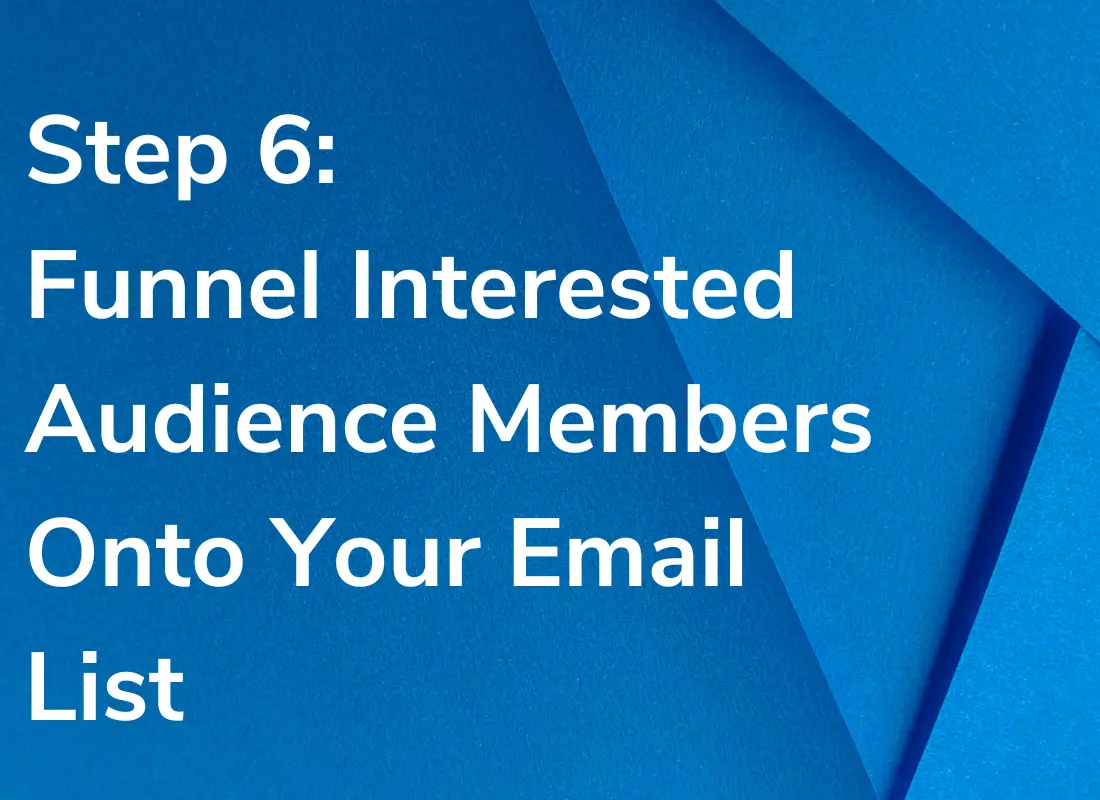
This should include providing rewards for referrals or allowing audience members to gain entry into a contest for a free product by entering their email, or by completing tasks like sharing a link to your promotion on different social media platforms.
Keep Up The Audience Engagement & Build Excitement For Your Launch
“In a busy culture, people have the attention span of a goldfish …if you get someone excited for a nanosecond…then in 6 months you email them…they will have no idea who you are and they’re likely not going to open the email” – Khierstyn Ross, Scale & Launch
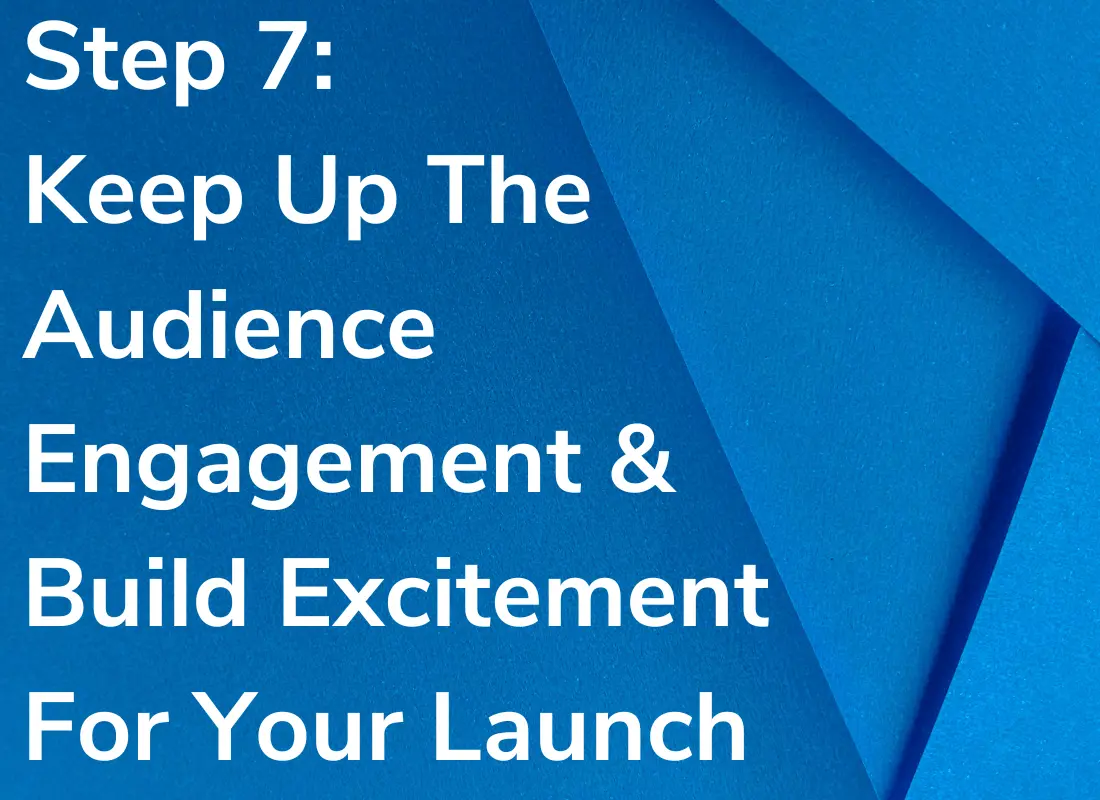
By this stage, you should have built a solid pre-launch contact list. Great work! It is important to remember that you will need to stay in regular contact with the members of your list while you await your product launch date. Modern attention spans are notoriously short, you will need to make sure that your audience remains engaged to avoid them dropping off the list before your launch.
Make sure you are sending out regular emails to keep your list members apprised of your company’s progress, share event details, and continue to build rapport and excitement for your launch date. Use our email resources and free templates as well!
There are several ways that you can engage your audience, many of which will aid your company in the long run. If your product is still in the development stages, consider sending out regular emails involving your audience in the product development process. You can share different mock-ups or alternative features that you are considering and ask them to share their preferences in an email poll. For your waitlist, make sure to set up your reward level emails to show them their personal progress and what they can do next.
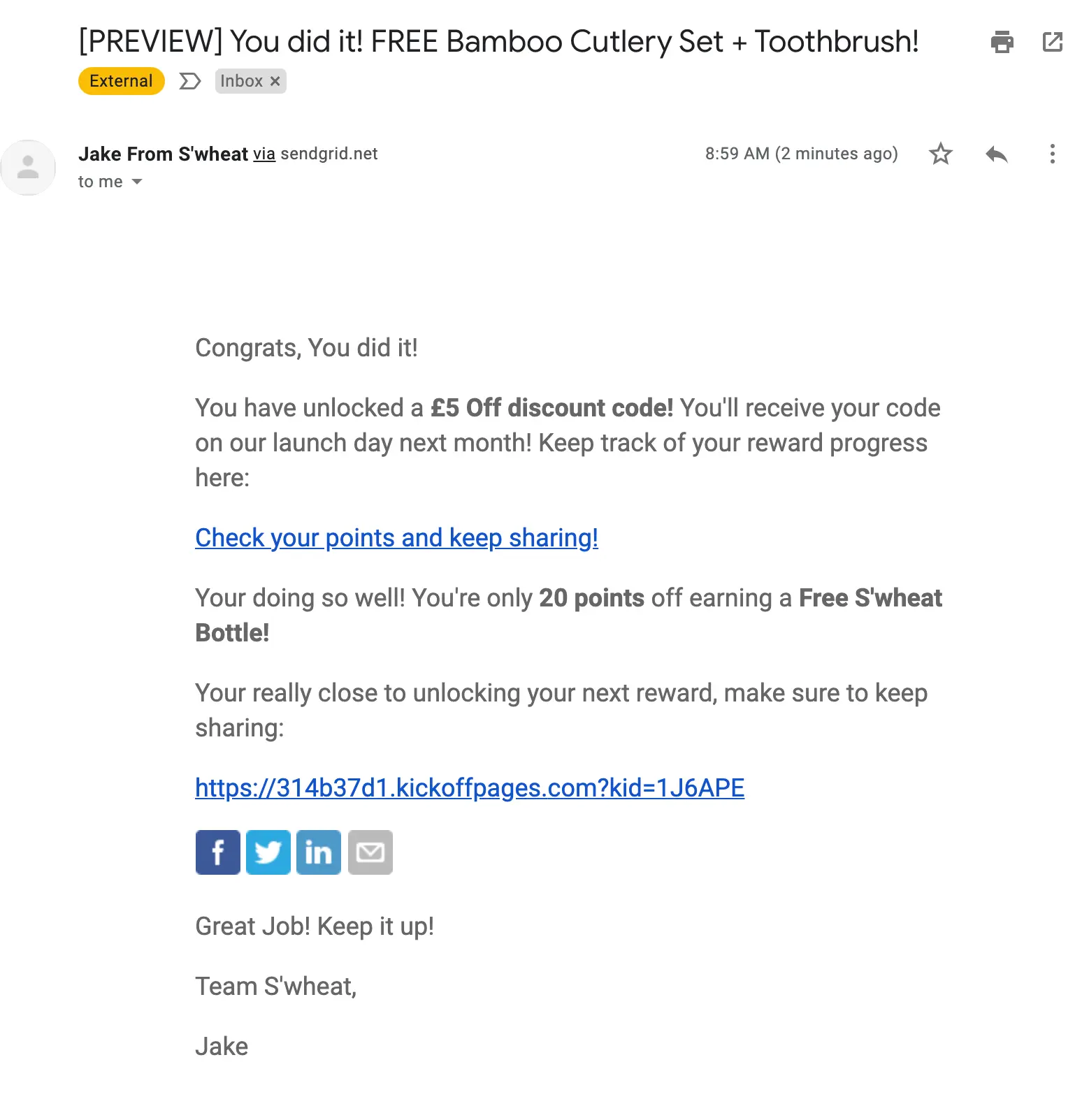
Final Thoughts
We hope that this guide has helped to demystify the audience-building process. When you are ready to begin your pre-launch promotion be sure to reach out to our support team! We make it easy to generate the excitement you need using viral contests, sweepstakes, and other engagement tools to help you launch your product to a large audience and turn your followers into paying customers.